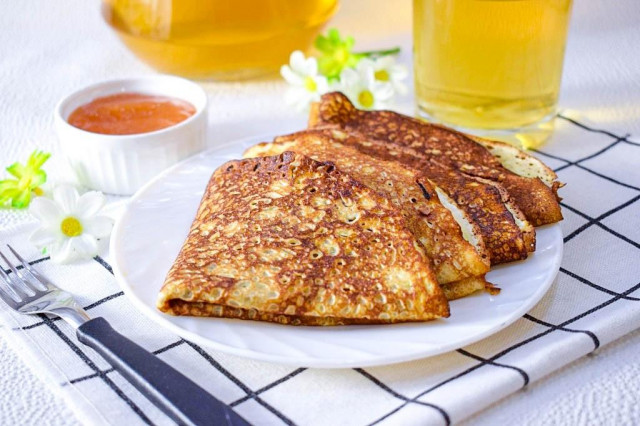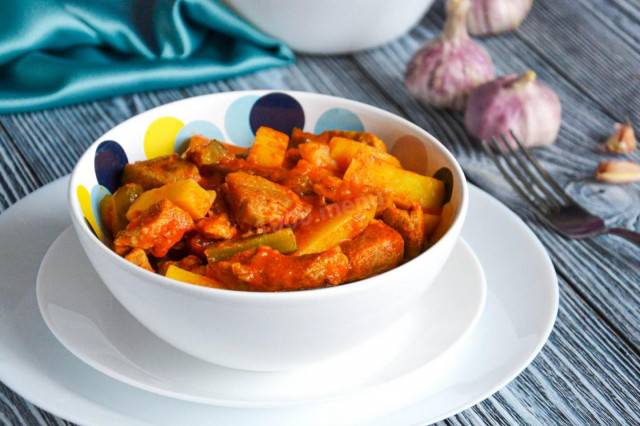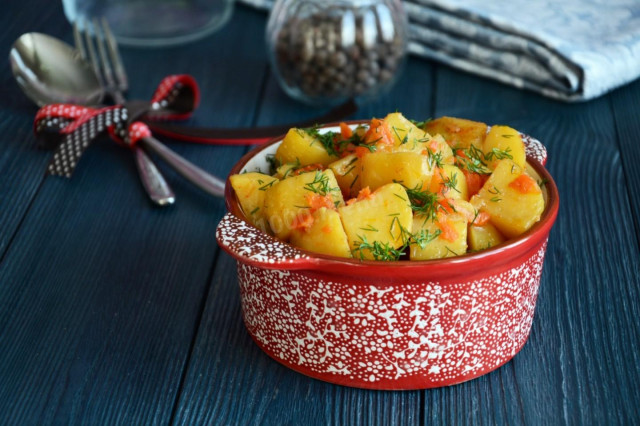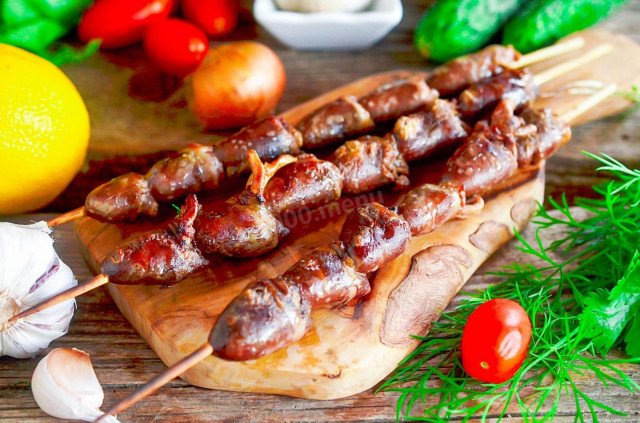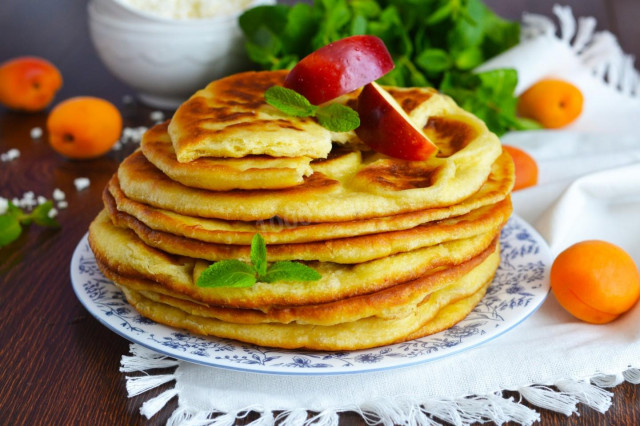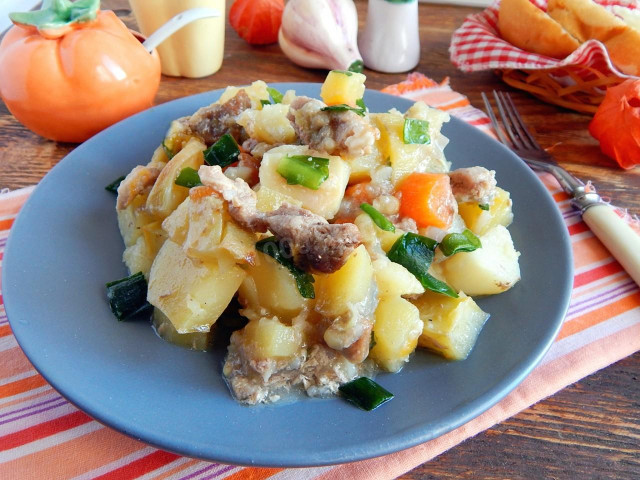Composition / ingredients
Step-by-step cooking
Step 1:
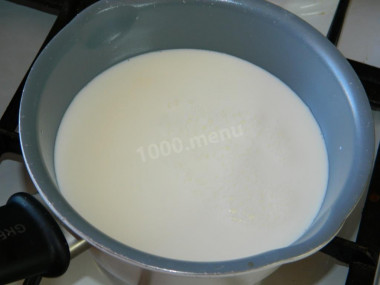
How to make classic pancakes with holes? Prepare the products. Take milk of any fat content, you can even take milk and water in equal proportions. It is better if it is warm — then flour will interfere with it more easily.
Step 2:
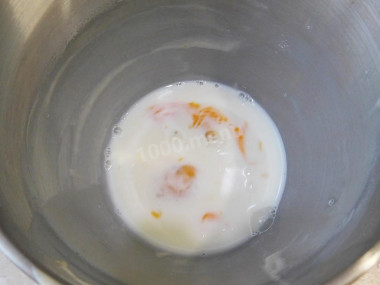
Pour a small portion of milk into the dough bowl, then beat the eggs into it. Stir with a whisk.
Step 3:

Pour in the remaining milk and a little vegetable oil so that the pancakes do not stick to the pan when baking. Add salt, sugar and flour sifted through a sieve. Thanks to sifting, it is saturated with oxygen and the finished dough will be more lush and tender. Add flour gradually, in small portions, focus on the desired consistency of the dough. Consider the fact that you may need a little more or less flour.
Step 4:
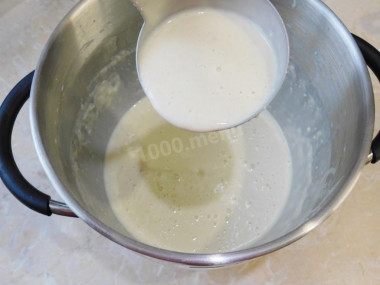
Mix the dough well so that there are no lumps of flour. You can use a mixer. The finished dough should be of a homogeneous consistency and sufficiently liquid. If it turned out to be thick, dilute it with hot water. If too thin, then add a little more flour. Keep in mind only that the thinner the dough, the thinner and more delicate the pancakes.
Step 5:

Take a pancake or cast-iron frying pan. Lubricate it with a small amount of vegetable oil before the first pancake. Next, it will be enough that the oil is in the dough. Preheat the pan over high heat. Pour the pancake batter on it, letting it spread over the entire surface. In a very hot frying pan, holes appear in the pancake and the pancake becomes lacy. Bake the pancakes over medium heat until the dough runs out, frying them on both sides.
Stack the finished pancakes and cover them with a lid so that they do not dry. You can also lubricate the edges of ready-made pancakes with butter.
Every housewife has her own recipe for making pancakes. Someone likes thin, someone thick, and someone yeast. But, without a doubt, everyone likes pancakes with holes.
The main rule of such pancakes is a hot frying pan. Only on such, when the pancake dough hits, holes are formed in the pancakes.
It will not be difficult to cook such pancakes even for breakfast. The dough is cooked for a couple of minutes, and pancakes are fried very quickly. Although the dough for pancakes can be prepared in the evening and stored in the refrigerator. Then you can start your working day with tea with fresh pancakes.
Pancakes with holes will turn out not only on milk. As a basis for their preparation, you can take kefir, whey or even water. Just make sure that the dough is liquid enough so that it lies very thin in the pan.
Be prepared for the fact that flour may need more or less than indicated in the recipe. Focus not on the amount of flour, but on the desired consistency of the dough. To avoid mistakes, read about flour and its properties!
Make it a rule that the amount of flour is never determined in advance when preparing flour and bread products! This indicator will always fluctuate, since flour can be of different humidity, differ in the degree of grinding and the level of gluten, and other indicators, which inevitably affects its ability to bind to the liquid mixture in the dough. Since it is impossible to make a laboratory test at home to determine all the parameters and indicators of flour, we recommend acting on the principle of "flour in water", that is, take liquids exactly according to the recipe, and add flour to the liquid component not all at once, but in parts, achieving the desired consistency (while flour may take a little more or on the contrary, less than in the recipe). Thanks to this technique, the proportions of the ingredients are more accurately preserved and the quality of the dough is not lost.
Use oil with a high smoking temperature for frying! Any oils are useful only until a certain temperature is reached - the point of smoking, at which the oil begins to burn and toxic substances, including carcinogens, are formed in it.
Unrefined oils, with rare exceptions, have a low smoking point. There are a lot of unfiltered organic particles in them, which quickly begin to burn.
Refined oils are more resistant to heating, and their smoking point is higher. If you are going to cook food in the oven, on a frying pan or grill, make sure that you use oil with a high smoking point. The most common of the oils with a high smoking point: refined varieties of sunflower, olive and grape.
Caloric content of the products possible in the composition of the dish
- Whole cow's milk - 68 kcal/100g
- Milk 3.5% fat content - 64 kcal/100g
- Milk 3.2% fat content - 60 kcal/100g
- Milk 1.5% fat content - 47 kcal/100g
- Concentrated milk 7.5% fat content - 140 kcal/100g
- Milk 2.5% fat content - 54 kcal/100g
- Chicken egg - 157 kcal/100g
- Egg white - 45 kcal/100g
- Egg powder - 542 kcal/100g
- Egg yolk - 352 kcal/100g
- Ostrich egg - 118 kcal/100g
- Whole durum wheat flour fortified - 333 kcal/100g
- Whole durum wheat flour universal - 364 kcal/100g
- Flour krupchatka - 348 kcal/100g
- Flour - 325 kcal/100g
- Granulated sugar - 398 kcal/100g
- Sugar - 398 kcal/100g
- Vegetable oil - 873 kcal/100g
- Salt - 0 kcal/100g

